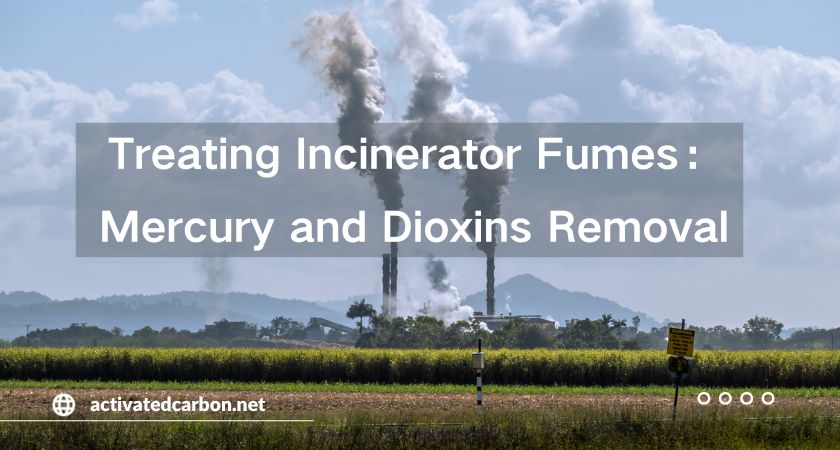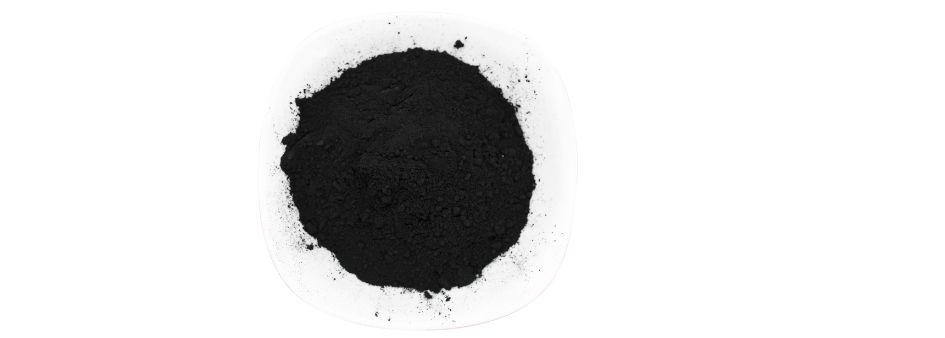
Waste incineration is a common method of waste disposal, and the smoke generated during the incineration process typically contains hazardous substances such as dioxins and mercury, causing serious harm to the environment.
How can these harmful substances be removed? Activated carbon, as an efficient adsorption material, plays a crucial role in adsorbing pollutants generated during waste incineration.
This article will delve into the hazards of waste incineration and the application of activated carbon in addressing this issue.
Hazards of Waste Incineration
The flue gas from waste incineration plants contains various trace pollutants, primarily including SO2, HCL, dioxins, mercury, and more. Once these substances disperse into the environment, they can pose a threat to the human respiratory system. Although their concentrations are low, improper handling can result in significant harm to human respiratory systems and the environment.
Among them, dioxins are highly toxic special organic compounds. They have strong carcinogenic effects, causing severe skin-damaging diseases and posing significant risks to human health.
Therefore, the use of activated carbon, an efficient adsorption material, becomes essential to effectively adsorb these pollutants and reduce environmental harm. Next, we will continue to explore the significance of activated carbon in the treatment of waste incineration.
Significance of Activated Carbon in Waste Incineration Treatment
Activated carbon is a porous adsorption medium with a structure comprising large, medium, and small pores. It can immobilize pollutants from waste incineration flue gas on its surface, facilitating the separation and removal of contaminants in the purification process, providing unique advantages in the purification of gaseous pollutants.
Utilizing activated carbon to treat incineration-generated flue gas has advantages such as high purification efficiency, no secondary pollution, and non-corrosiveness.
Choosing the Suitable Activated Carbon

For the removal of dioxins and mercury in waste incineration, we recommend using powdered activated carbon. This increases the contact surface area between pollutants and activated carbon, achieving removal efficiency of up to 99%.
If you are seeking activated carbon for dioxin removal, choosing Zhulin will undoubtedly be the right decision. Established in 2010, Zhulin Activated Carbon is a modern enterprise integrating research, development, production, sales, and services. Our highly professional team can provide you with the best advice and diverse solutions.
Do you plan to purchase activated carbon?
Final Thoughts
In summary, the application of activated carbon in waste incineration provides an effective and feasible solution to the emission of harmful substances in the flue gas. Through further research and the widespread application of activated carbon, we can better build a clean, healthy, and sustainable future.
If you have any questions or requirements regarding the use of activated carbon for waste incineration treatment, please feel free to contact us.